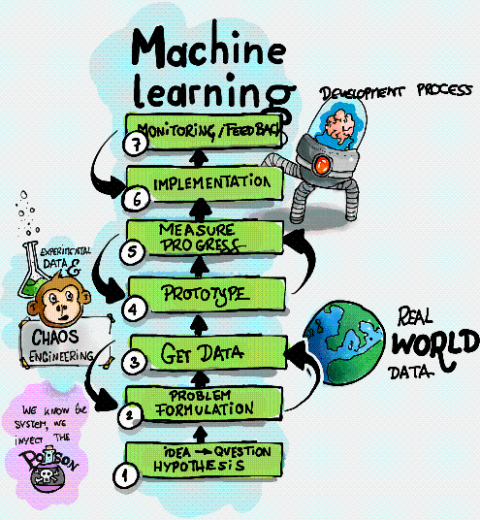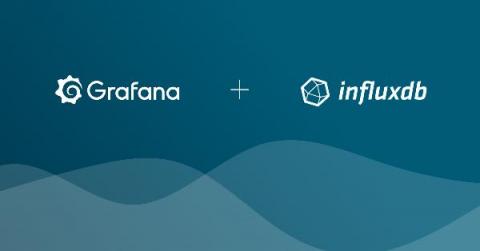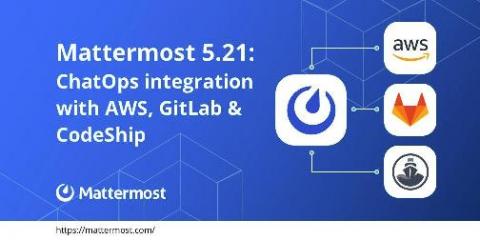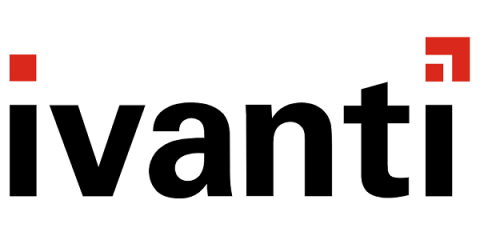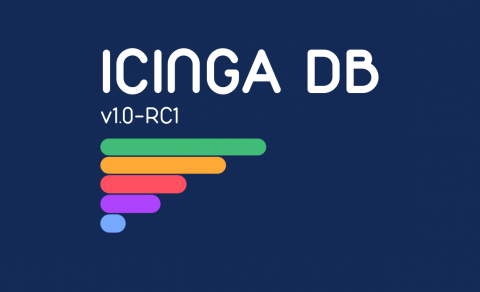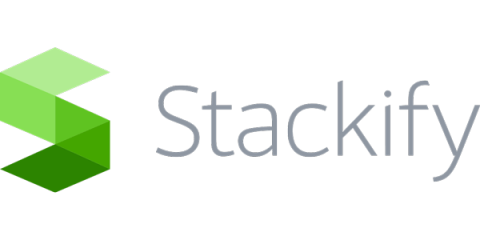Telstra Ventures Invests in Rancher!
Today, we announced our $40M funding round led by Telstra Ventures. We have been working with Telstra as a customer for many years. When Telstra Ventures, who was familiar with Telstra’s success in using Rancher and Kubernetes, approached us for a potential funding round, it was a no-brainer. A leading telco like Telstra exemplifies Rancher’s vision to Run Kubernetes Everywhere.



